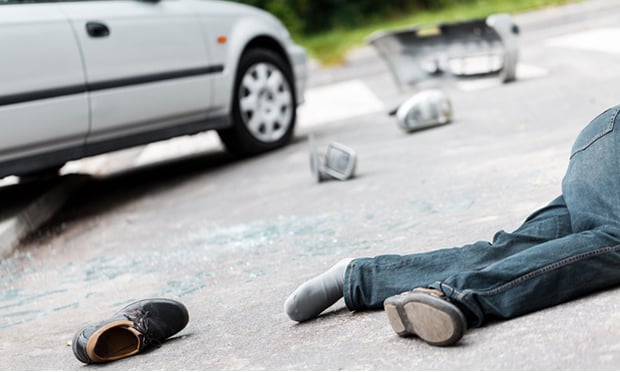 The model predicts that if a sober 25-year-old man, driving 80 mph (in a 70 mph zone) in a 2012 Ford Focus on a dry Dallas road at 2 pm is in an accident involving two cars, the chances that he dies are 2%. However, if alcohol is involved, but all other variables remain static, the chances of death increase to 10%. (Credit: Photographee.eu)
The model predicts that if a sober 25-year-old man, driving 80 mph (in a 70 mph zone) in a 2012 Ford Focus on a dry Dallas road at 2 pm is in an accident involving two cars, the chances that he dies are 2%. However, if alcohol is involved, but all other variables remain static, the chances of death increase to 10%. (Credit: Photographee.eu)
Researchers at Southern Methodist University (SMU) have developed a predictability model that factors in certain variables, such as drunk driving and speeding, to determine how severe an accident would be.
Recommended For You
Want to continue reading?
Become a Free PropertyCasualty360 Digital Reader
Your access to unlimited PropertyCasualty360 content isn’t changing.
Once you are an ALM digital member, you’ll receive:
- Breaking insurance news and analysis, on-site and via our newsletters and custom alerts
- Weekly Insurance Speak podcast featuring exclusive interviews with industry leaders
- Educational webcasts, white papers, and ebooks from industry thought leaders
- Critical converage of the employee benefits and financial advisory markets on our other ALM sites, BenefitsPRO and ThinkAdvisor
Already have an account? Sign In Now
© 2025 ALM Global, LLC, All Rights Reserved. Request academic re-use from www.copyright.com. All other uses, submit a request to [email protected]. For more information visit Asset & Logo Licensing.








